A lifelong resident, he also told us that at one time the village had had six bistrots, and he recounted that masses were held in the community room for years after the war until the abbey was finally restored.
We have no need to leave the village for well-prepared food, because in addition to the Relais and a well-stocked supermarket, the caterer at "Grenier à Sel" has amazing dishes ready to heat, like Poulet au Pays d'Auge (chicken sauted in Calvados and served over rice, carrots and mushrooms with a cream sauce) and Tagine d'agneau (tender slow cooked lamb in a gravy livened with North African spices).
The village bakery supplies us not only with baguettes, but with a whole range of savory and sweet creations that rival the Paris bakeries - an apéro bread with cheese and lardons, dark wheat bread with grains, brioche, financiers, and even California style donuts! The kind baker and his charming wife have been very welcoming to us. I find that my fear of speaking awkward French nearly evaporates when I begin to talk enthusiastically with these folks, especially about food. No wonder.
We occasionally run into Mayor Derouet, the powerhouse motivator of the village, and enjoy speaking with him about all of the positive changes he envisions and brings to fruition that keep the village busy with commerce and full of life.
This visit we also had the opportunity to meet with his two able assistants in the Mairie, as they helped us apply for a construction permit to replace our existing windows. I love the old windows, but they are beyond repair, so we will be putting in new wooden custom-built windows that will be identical to these, except that they will have double panes to better keep out the cold.
The bureaucratic language is amusing to me. In English, we refer to the need to submit an application to obtain a "permit" for construction from local authorities. In French, you are submitting a "prior declaration," in the hopes of securing not permission exactly, but a "decision of non-opposition."
Part of the paperwork involved supplying some photos of our house showing its current windows (as above). The process is relatively simple but subject to a necessary review by the mayor's office as well as the "Architecte des Bâtiments de France" because our house is located close to a listed monument: the 11th century abbey.
Sparing you the blow-by-blow account, the transept in most Catholic churches is that part of the church closest to the main altar that runs as a rectangle across the center of the nave at 90 degrees, creating the form of a "cross." (+) In Lonlay l'Abbaye however, the transept is the broad rectangle that spreads just beyond the entrance and supports the tower. The rest of the abbey follows in a long semi-oval shape with side altars.
This side altar is dedicated to St. Benoit. I had no idea who St. Benoit was, until a bit of research revealed that he is whom we know as St. Benedict, author in 516 of the Rule of Benedict, which directed monks to "Ora et Lavora" - "Pray and Work." Much of that prayer was prescribed even for the darkest hours of the night such that many lengthy prayers could not be read (at least until wax candles were invented in the 1300s), so had to be committed to memory. Benedictine monks were the founders of this abbey in Lonlay l'Abbaye many centuries ago.
As a side note, St. Benoit or Benedict is the patron saint of speleologists, most likely because he spent the first few years of his own monastic life as a young man living in a cave with almost no contact with the outside world.
Life was indeed nasty, brutish and short in the early times. Opportune's brother, the bishop of Sées, was assassinated by a cousin who wished to succeed to his position of power. Having buried her brother at her convent or abbey, Opportune passed away thirteen days later. She saw visions of Saint Cecile, Saint Lucie and the Virgin Mary at the moment of her passing, making her a patron saint of the "good death."
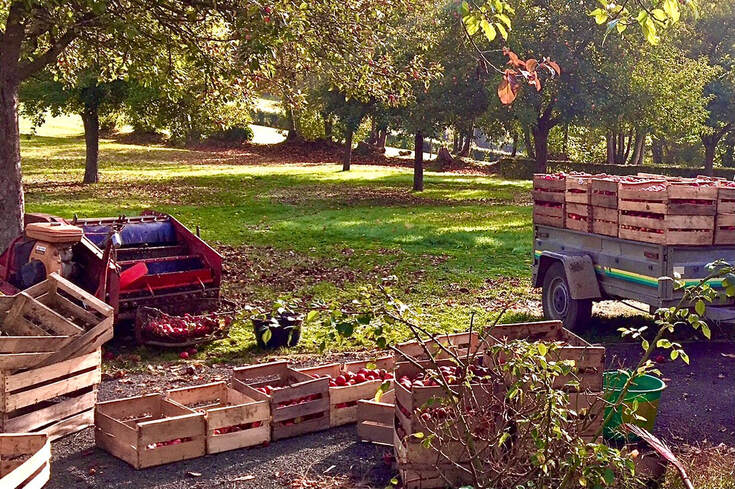
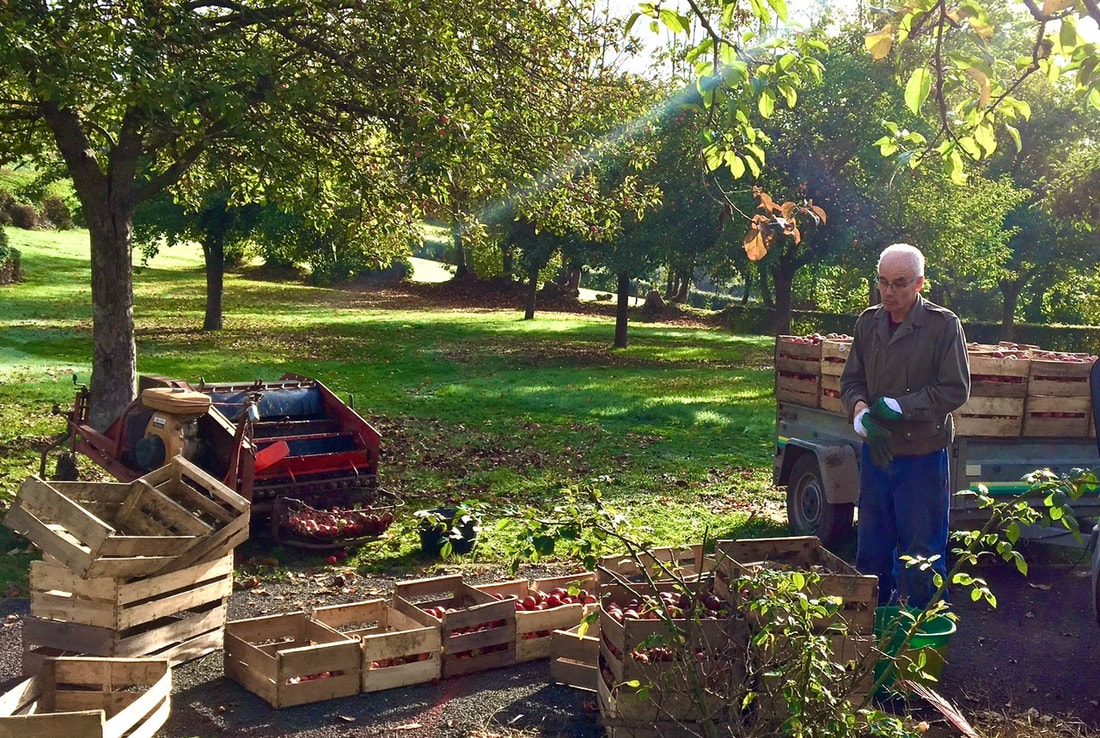
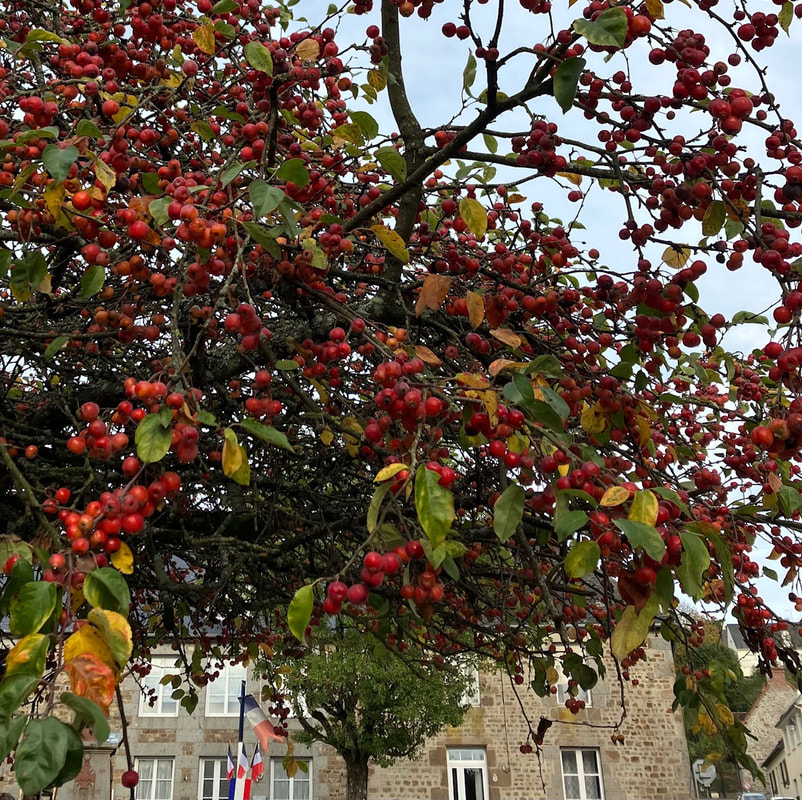
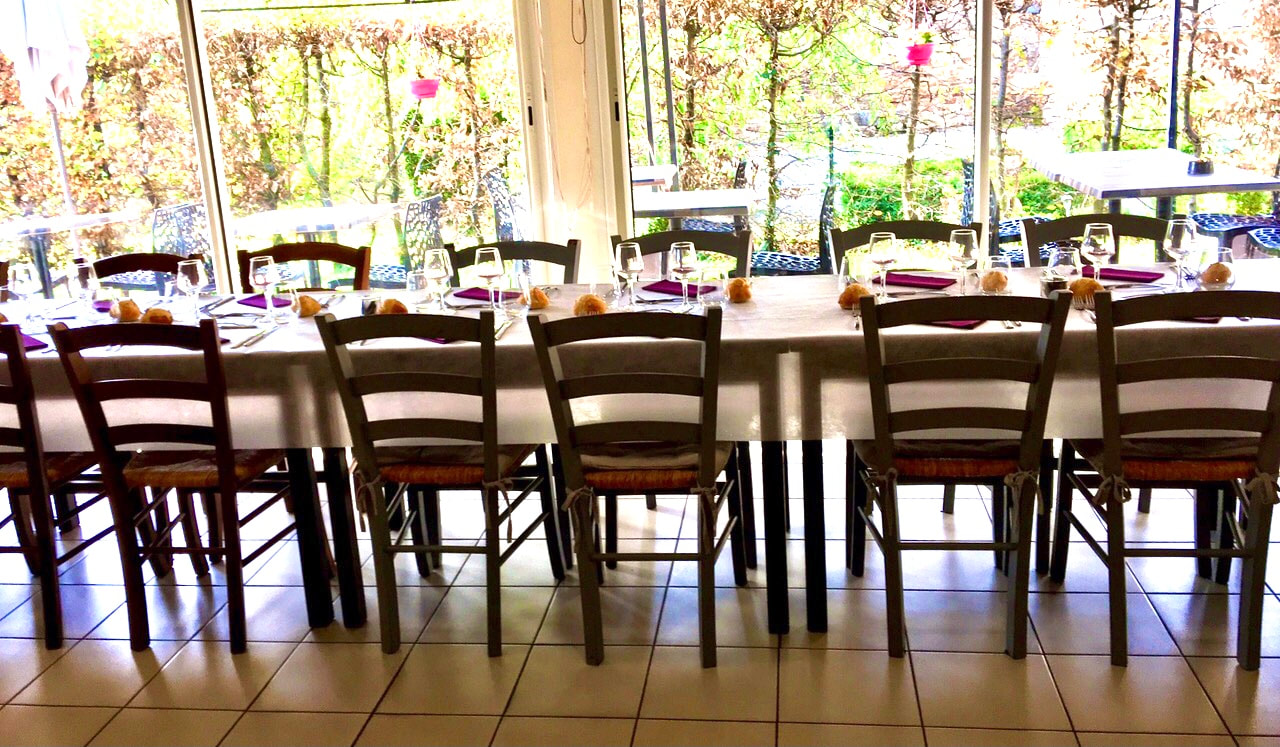
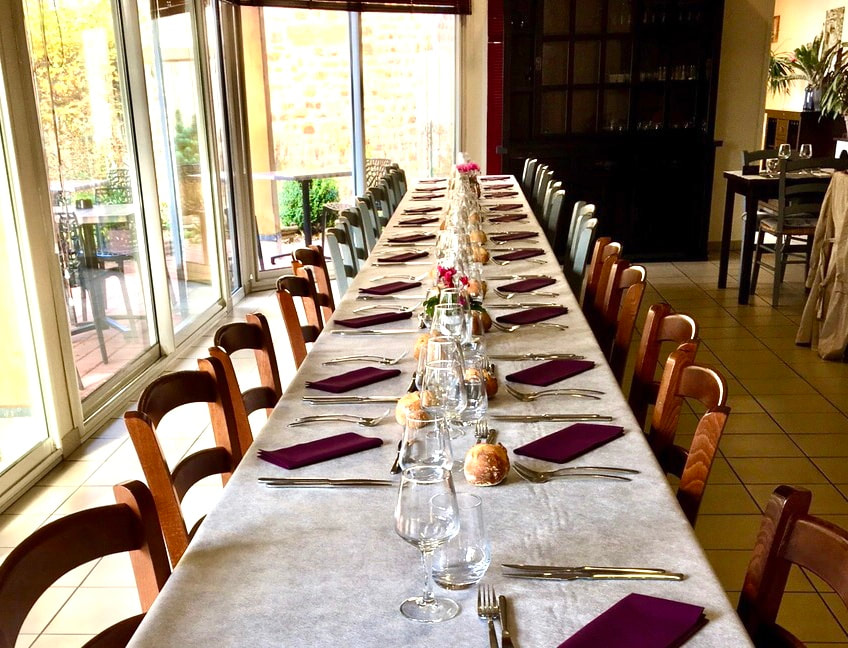
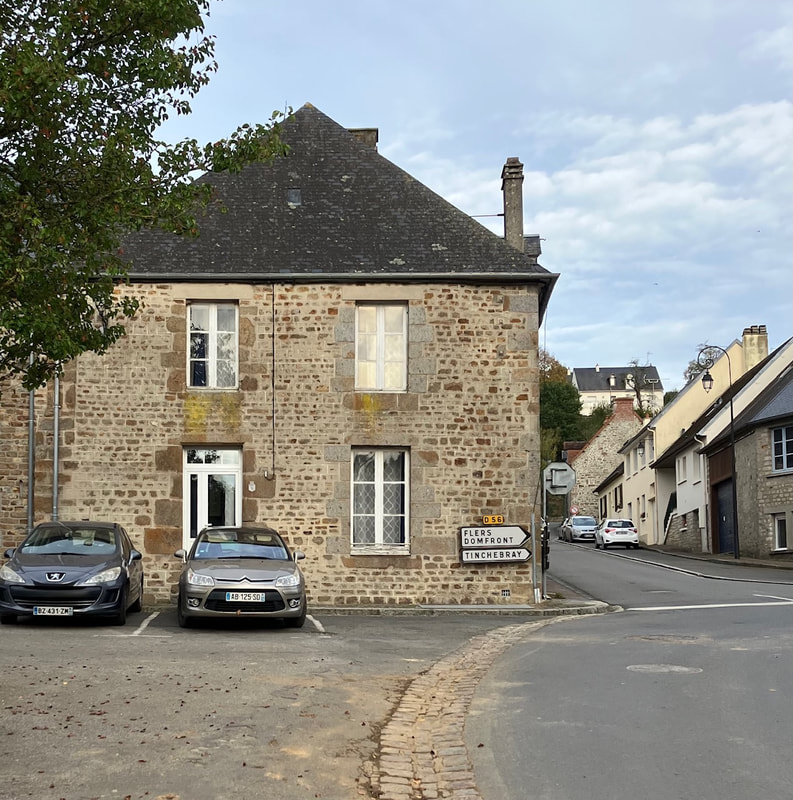
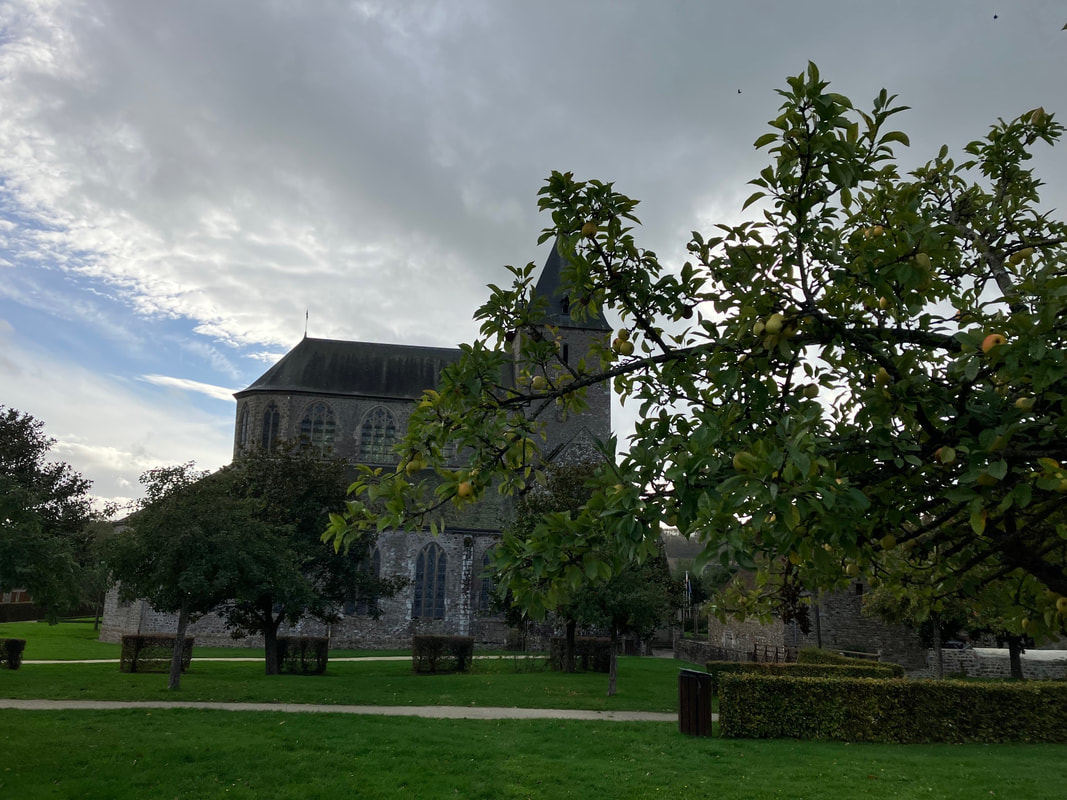
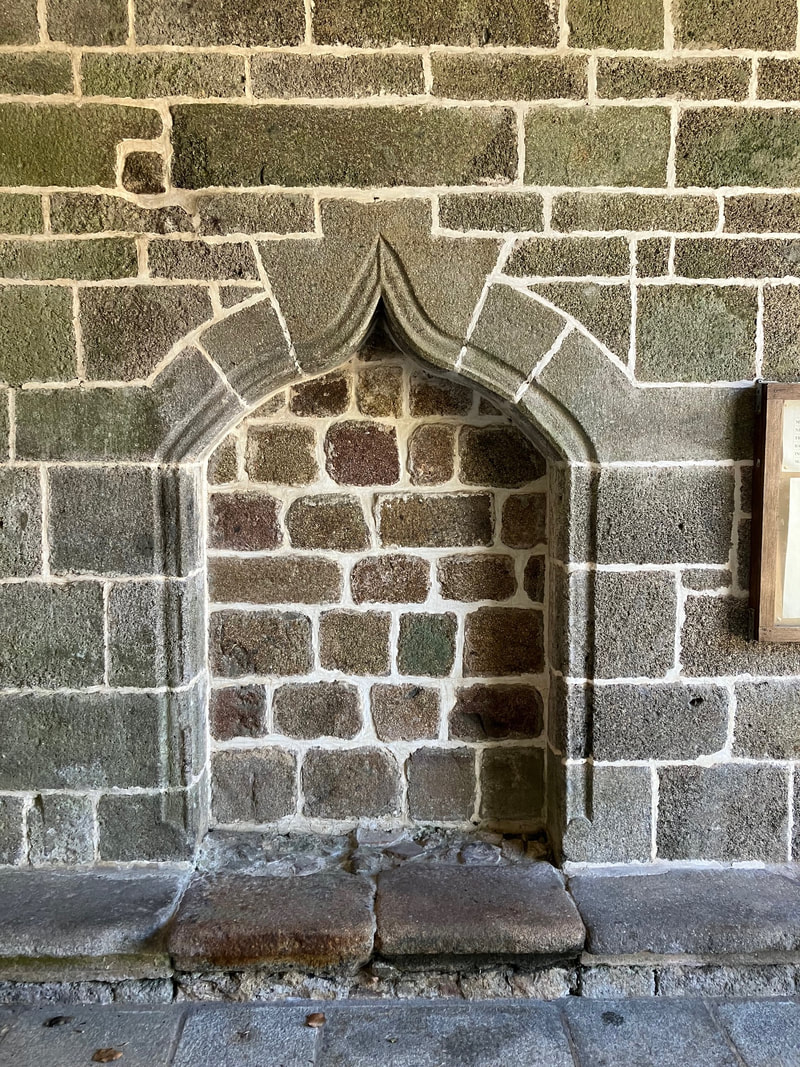
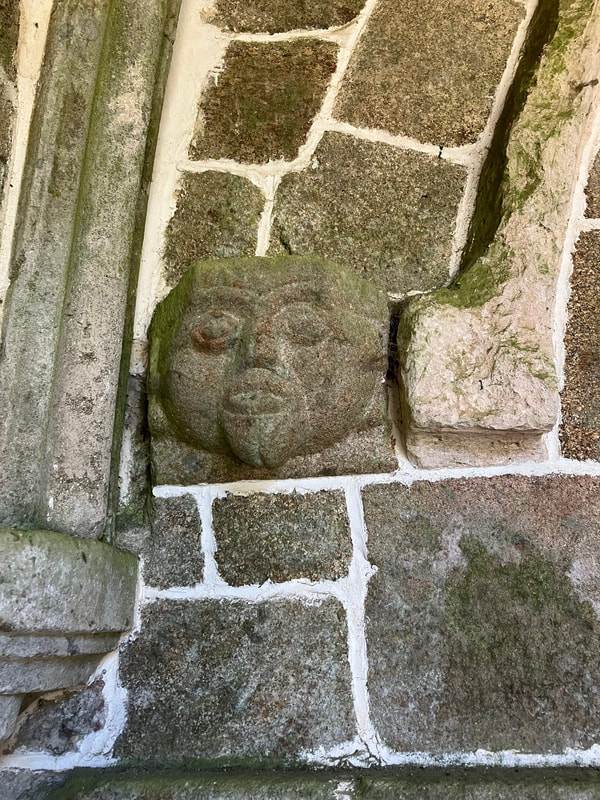
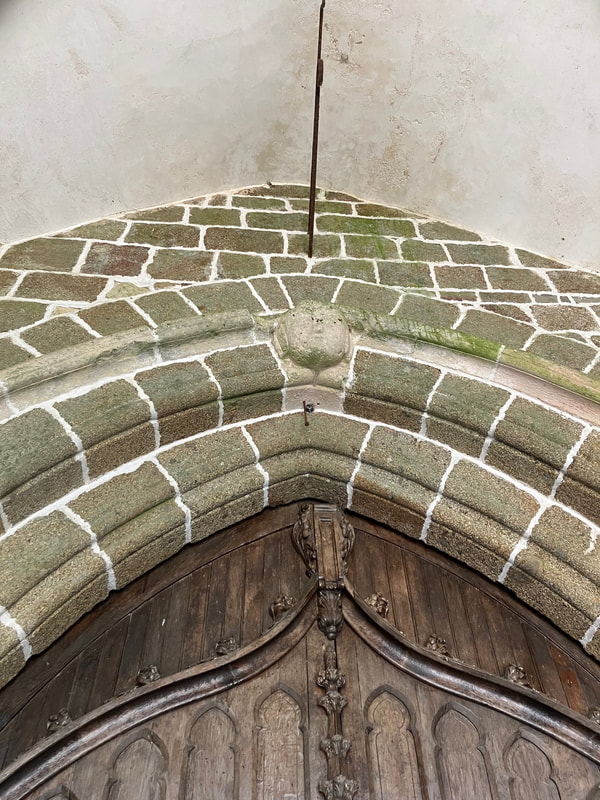
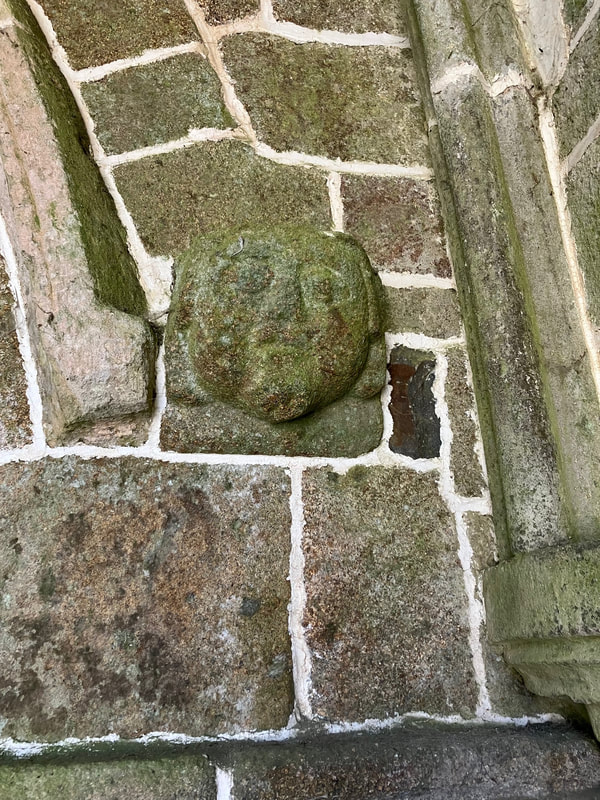
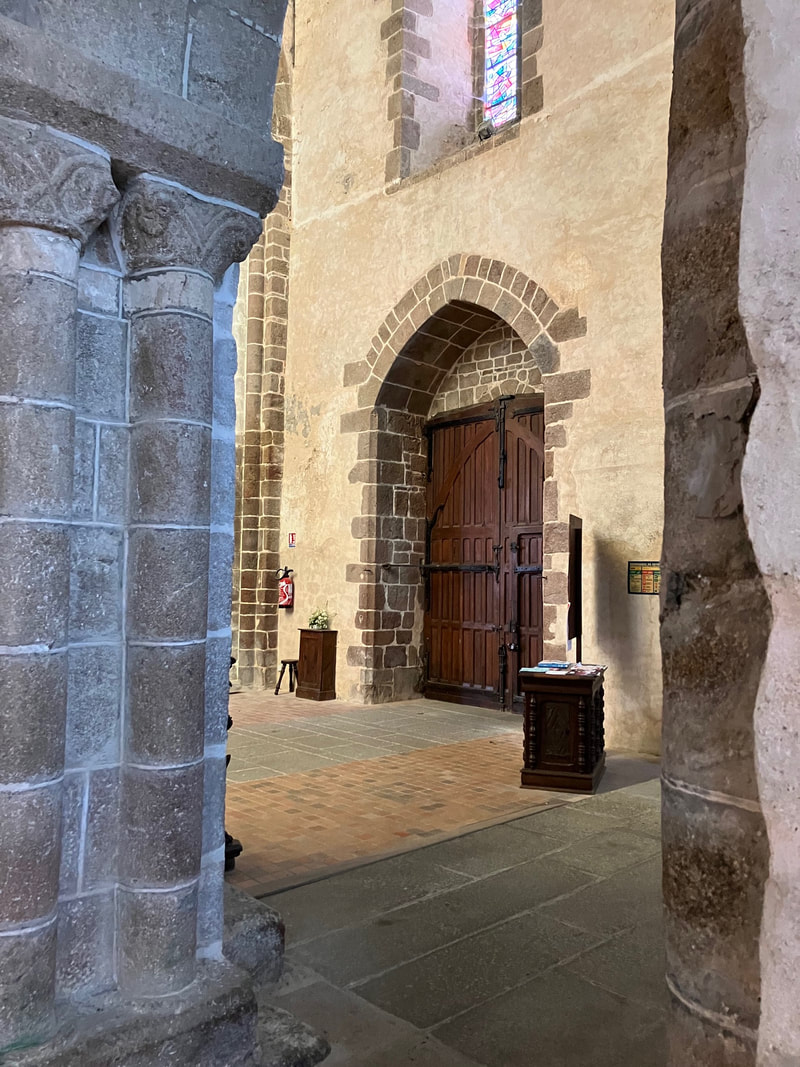
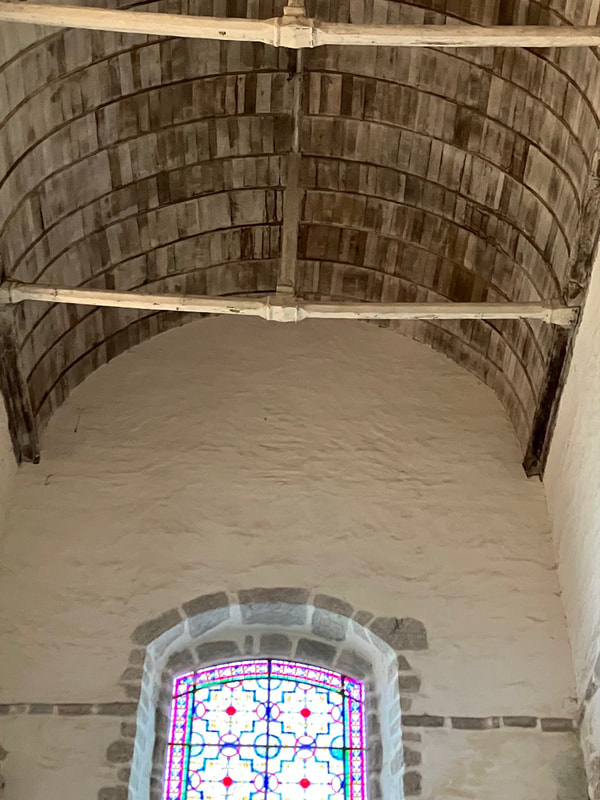
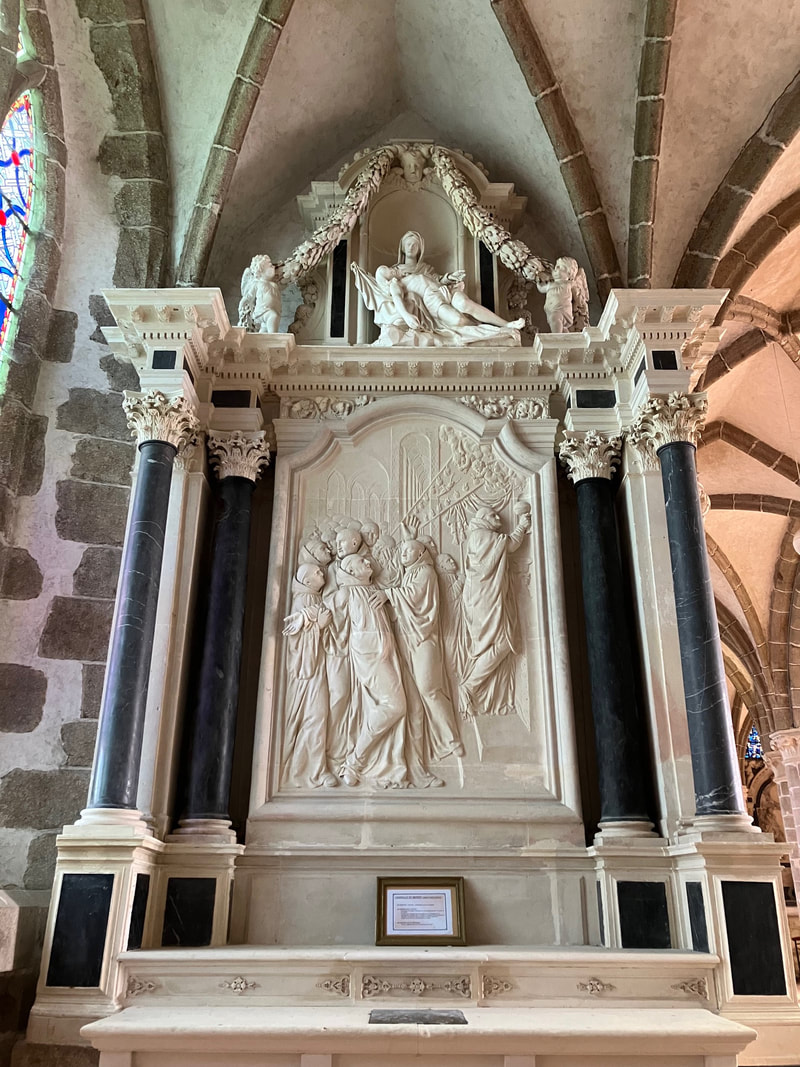
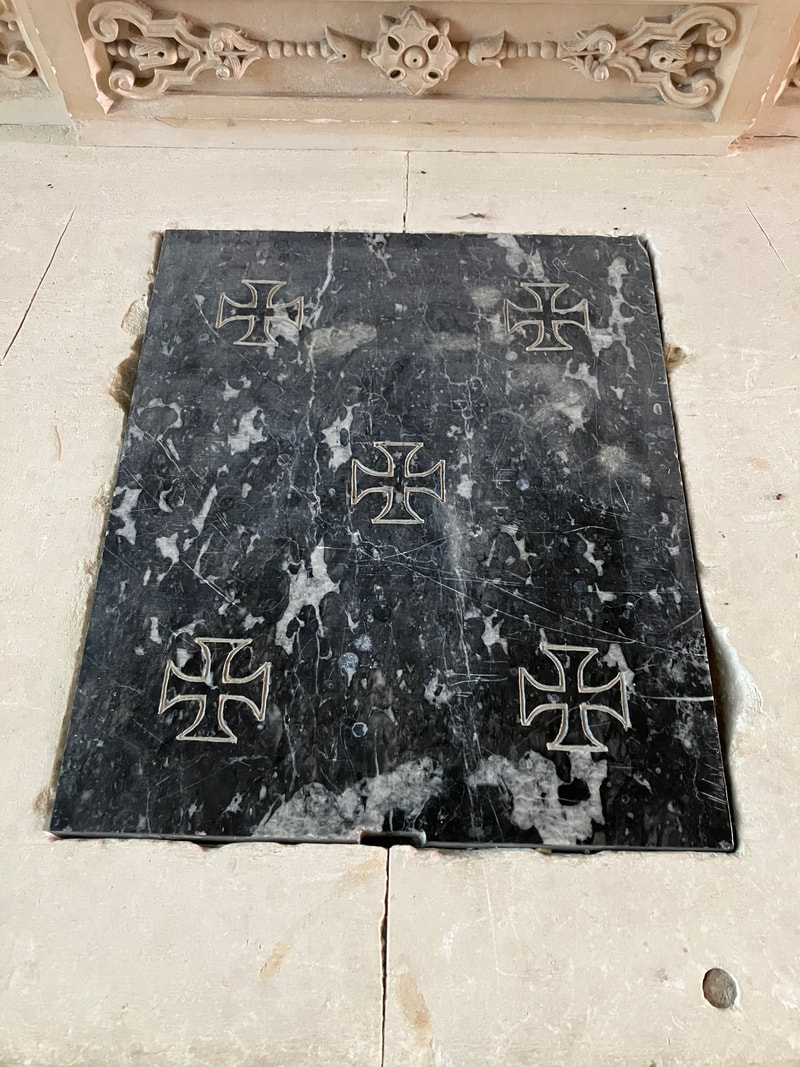
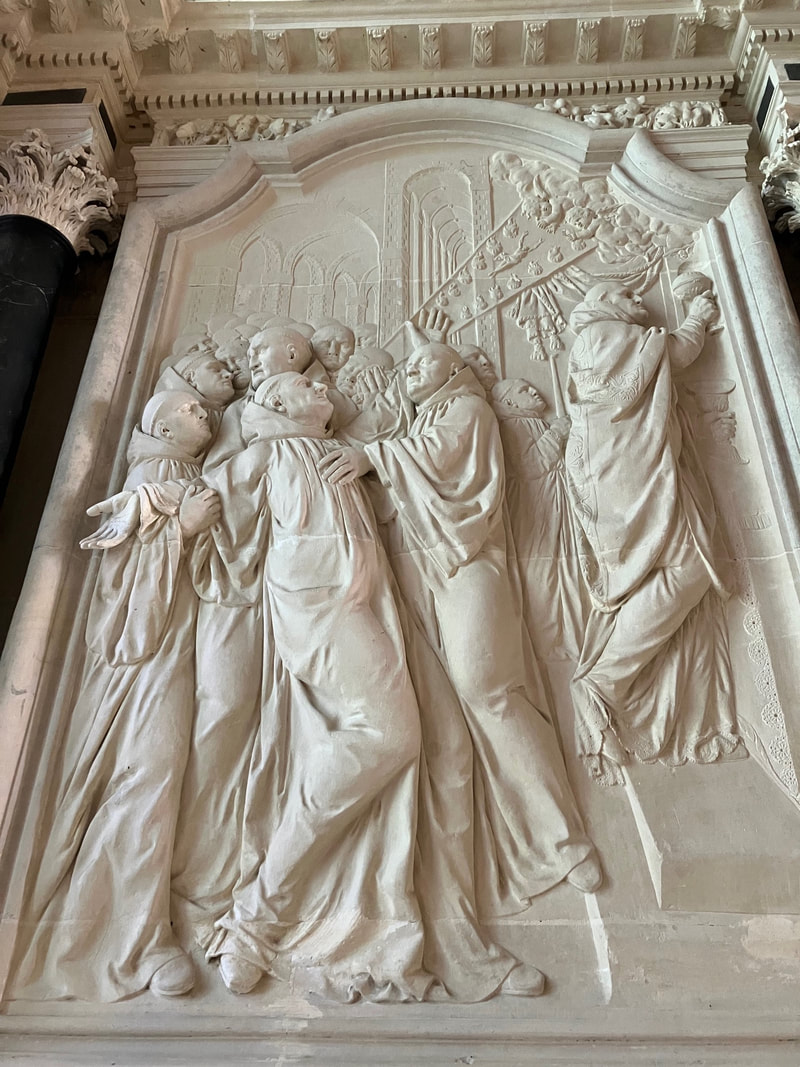
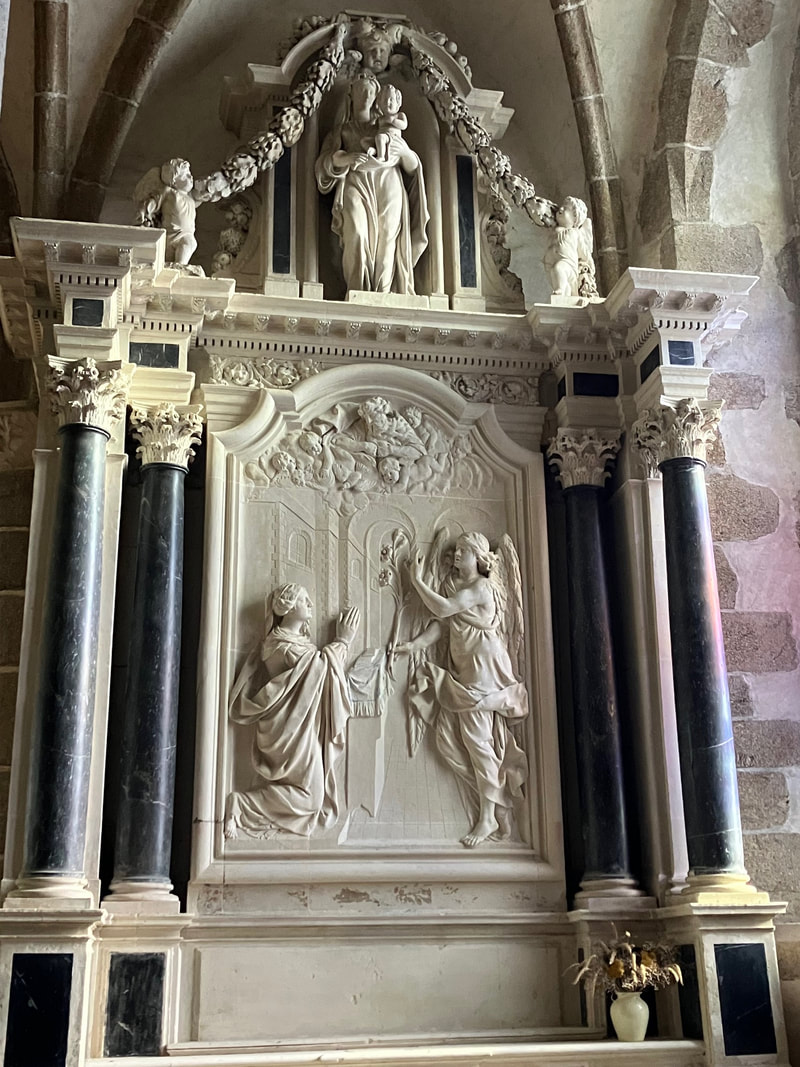
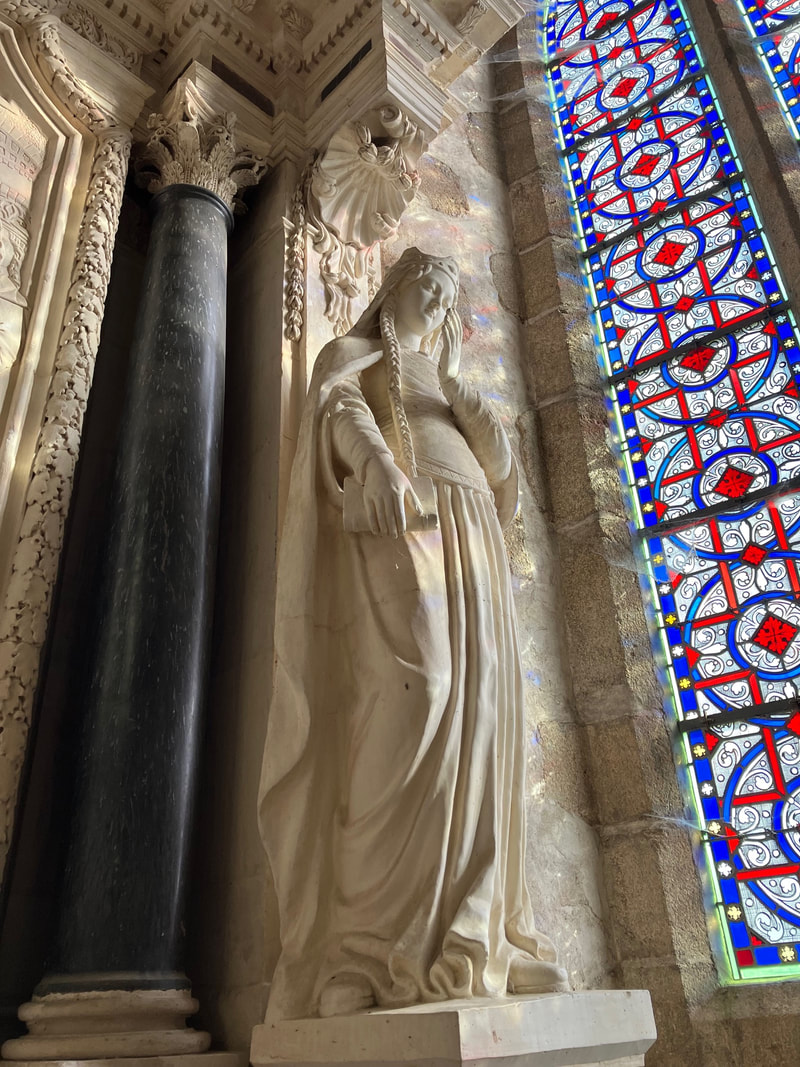
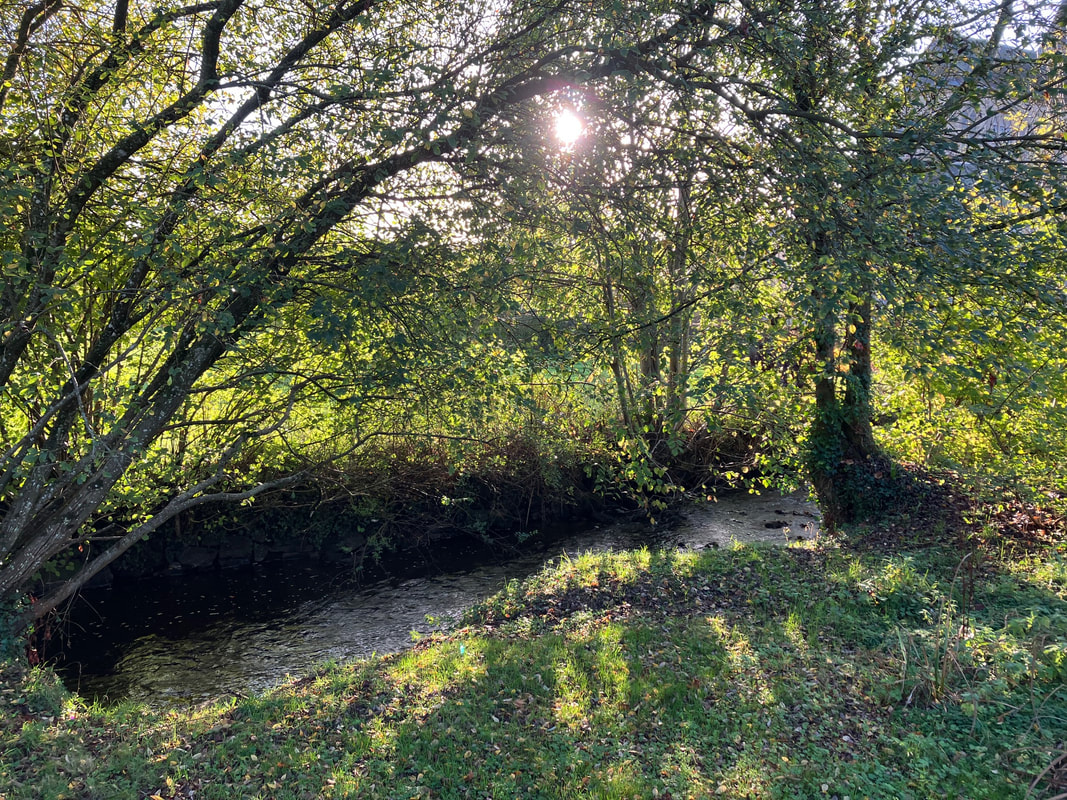
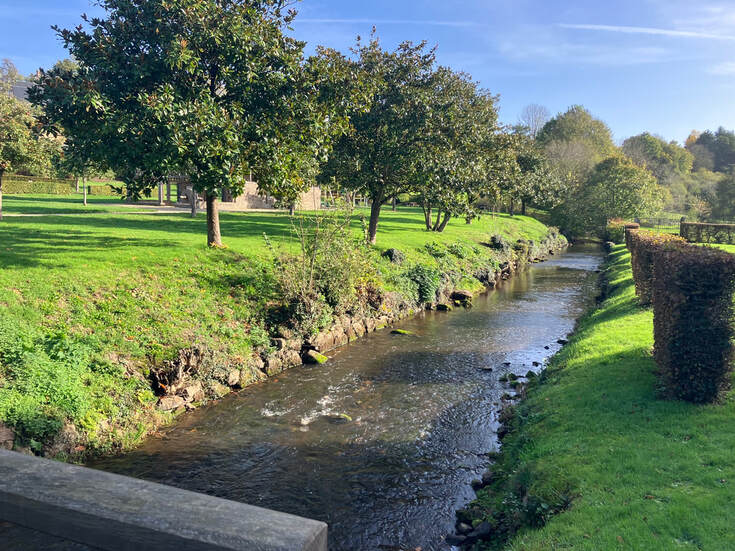
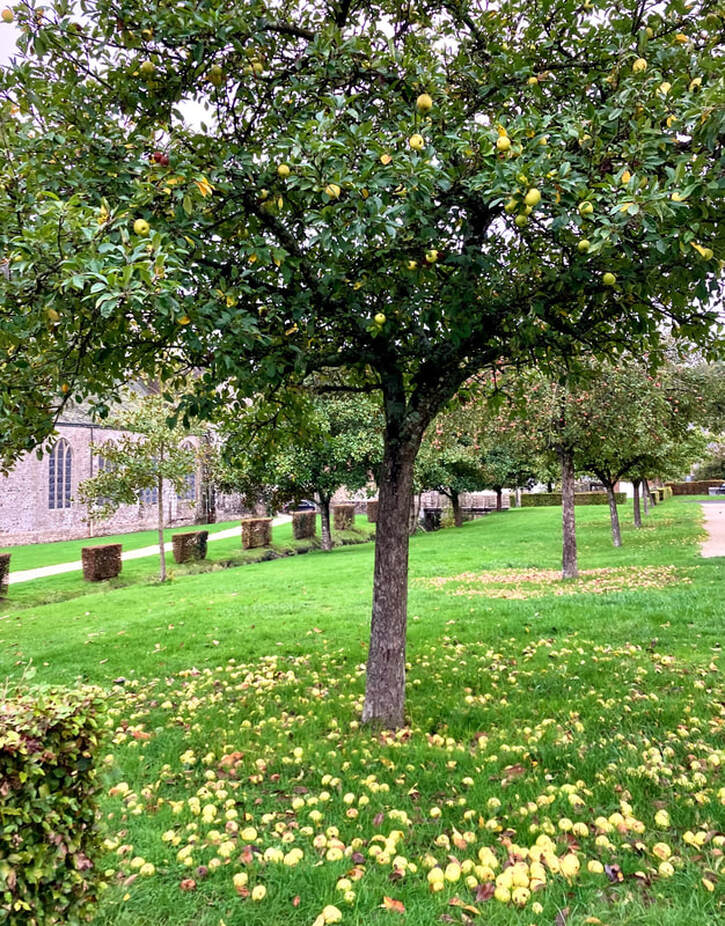
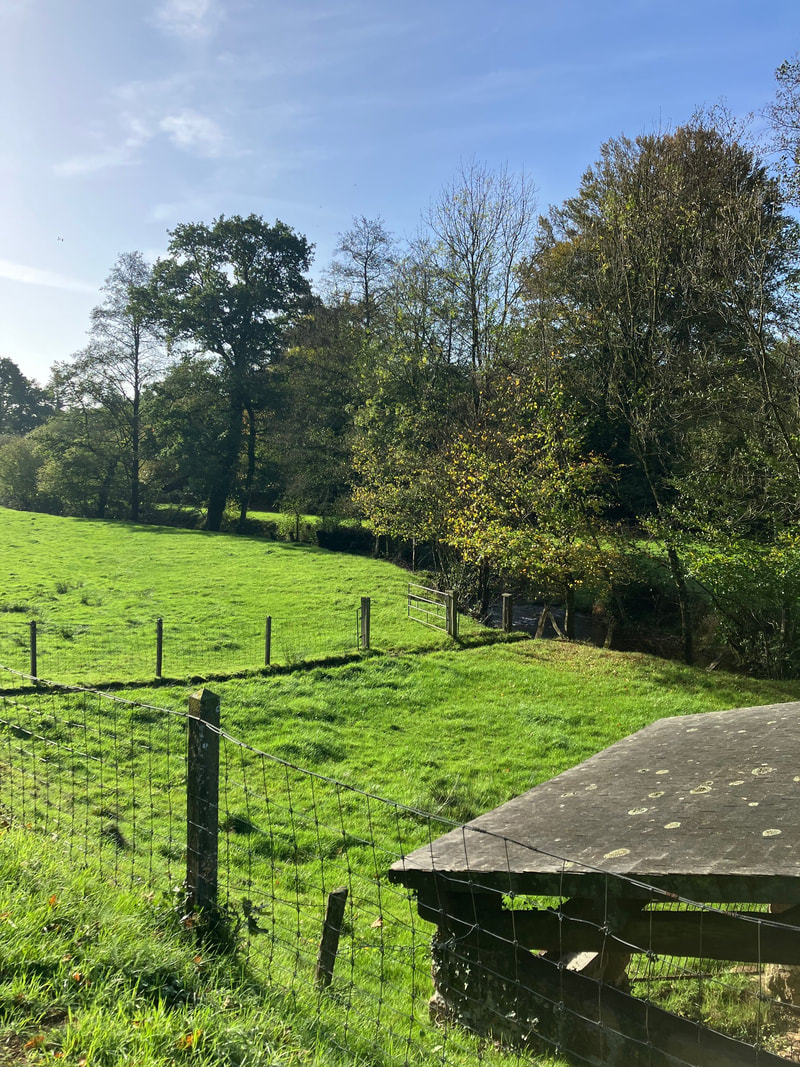
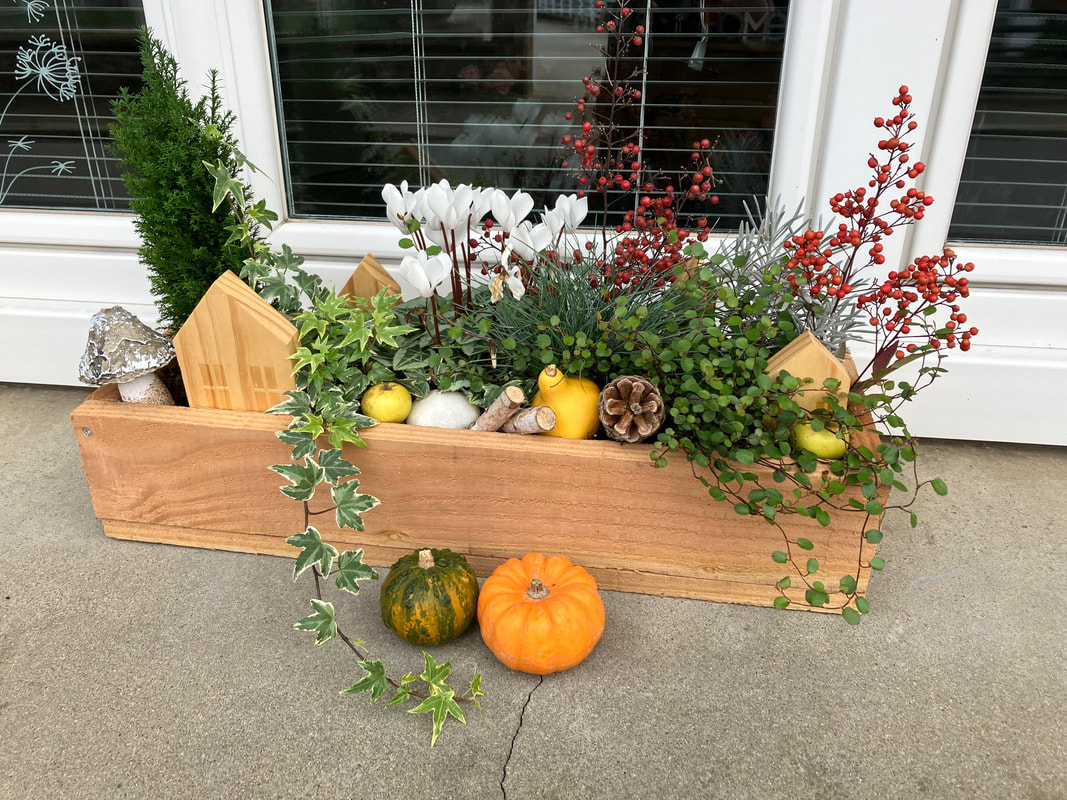
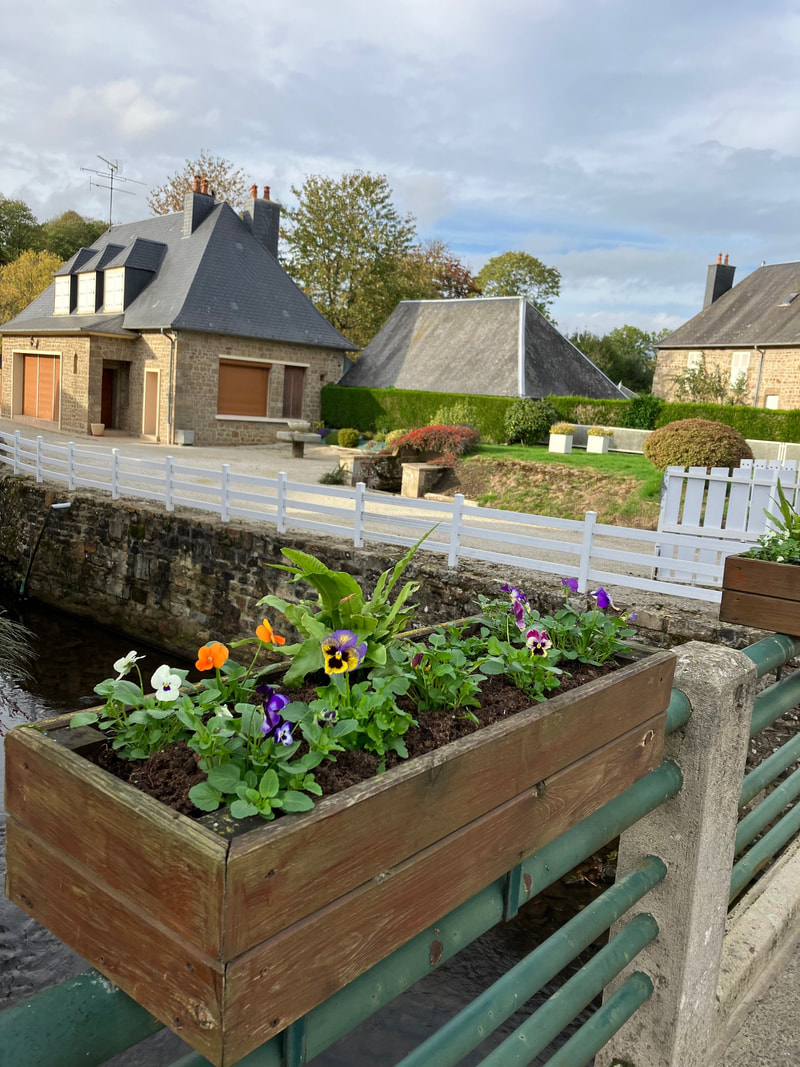
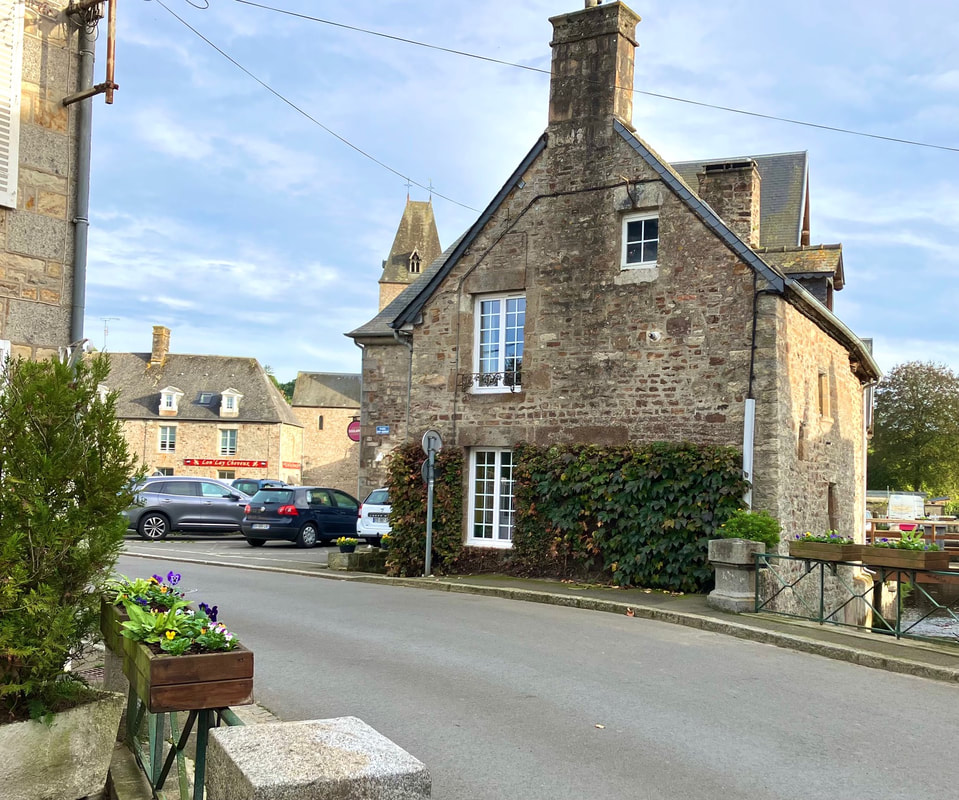
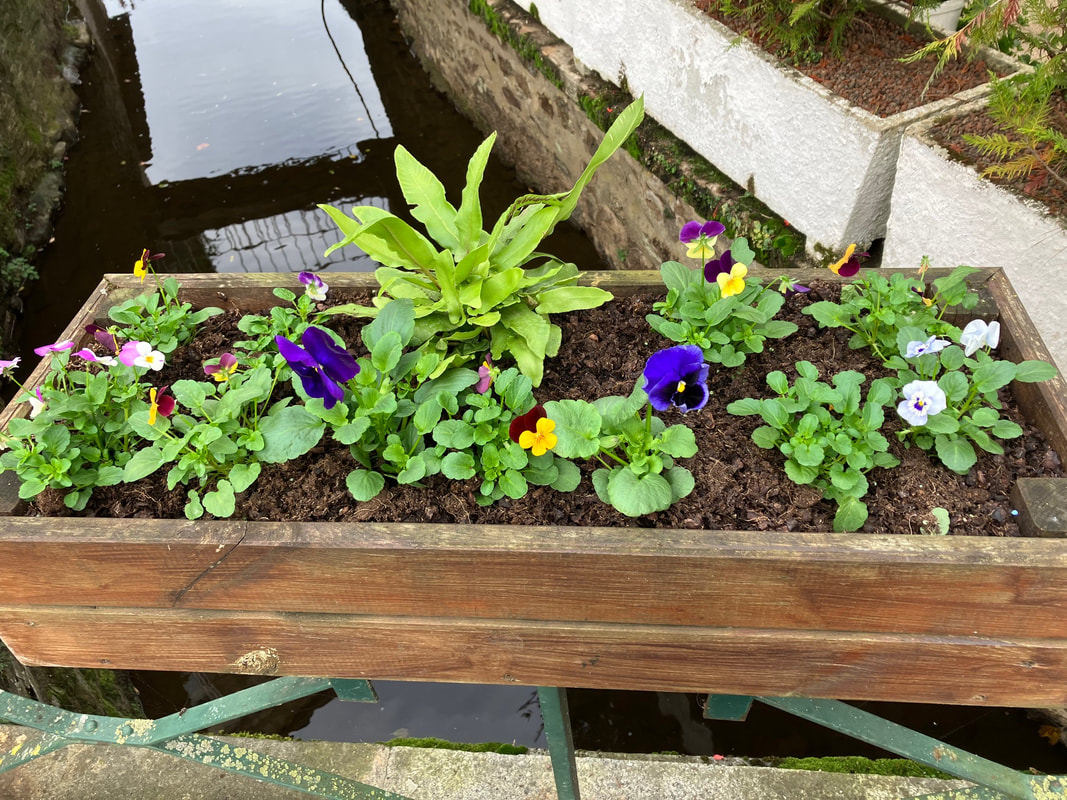
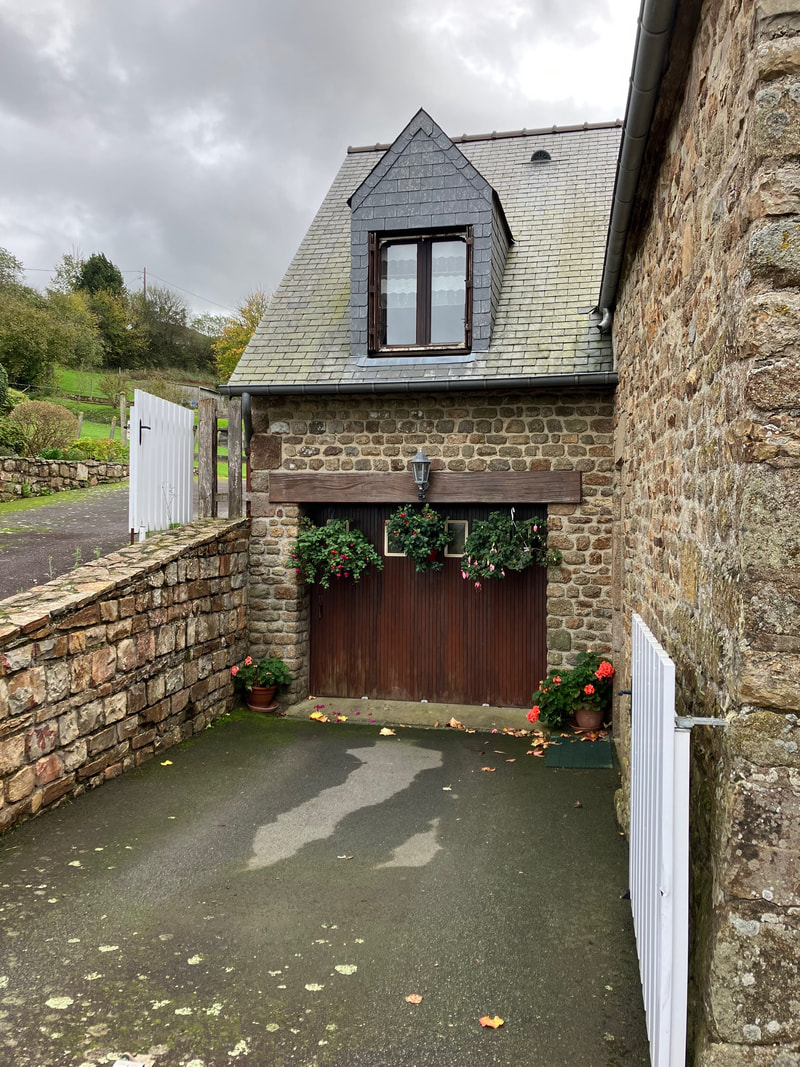
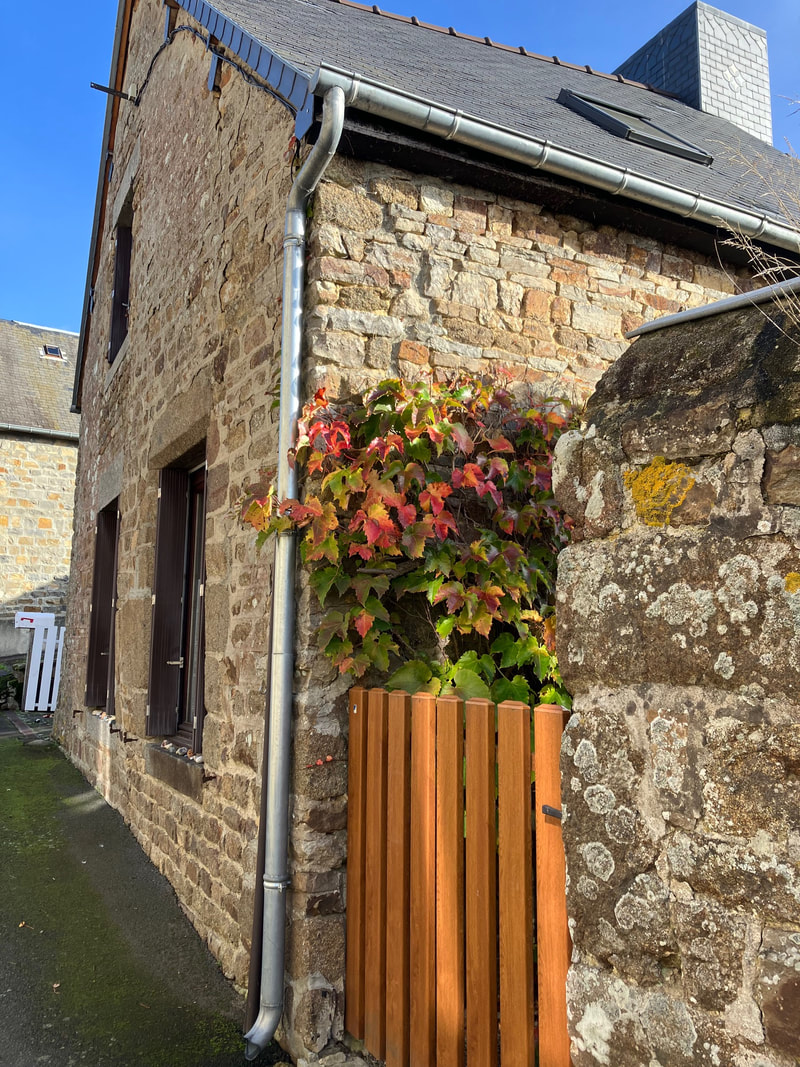
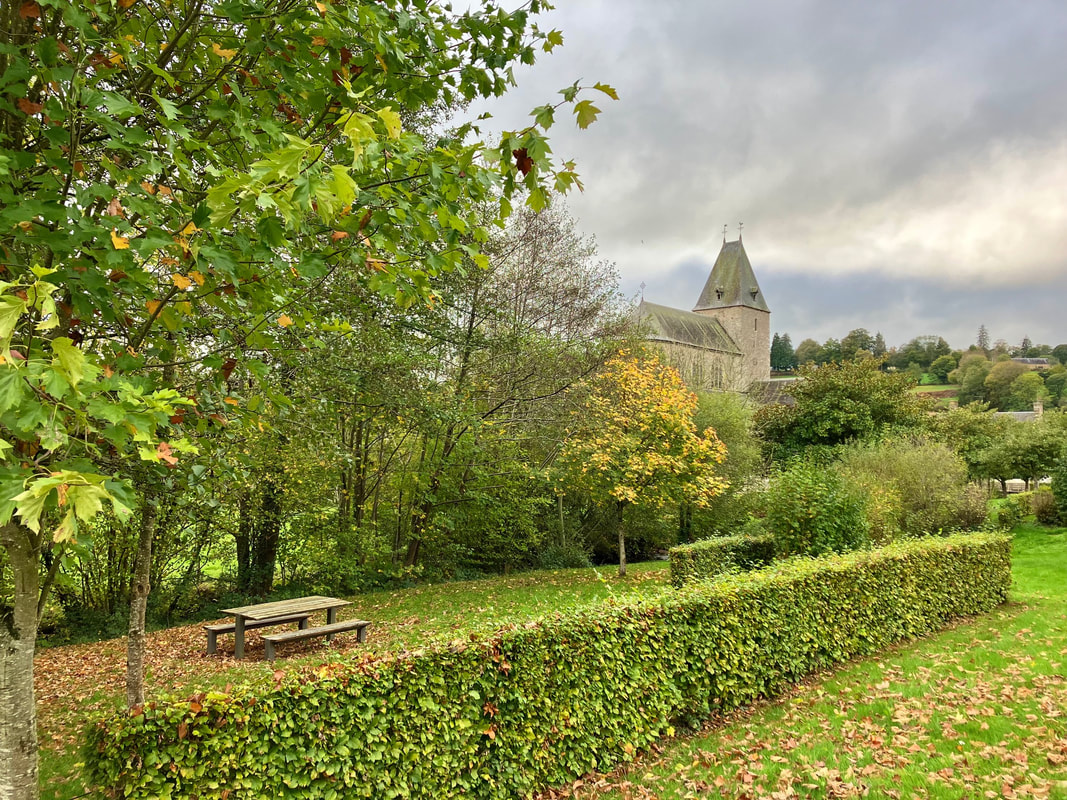
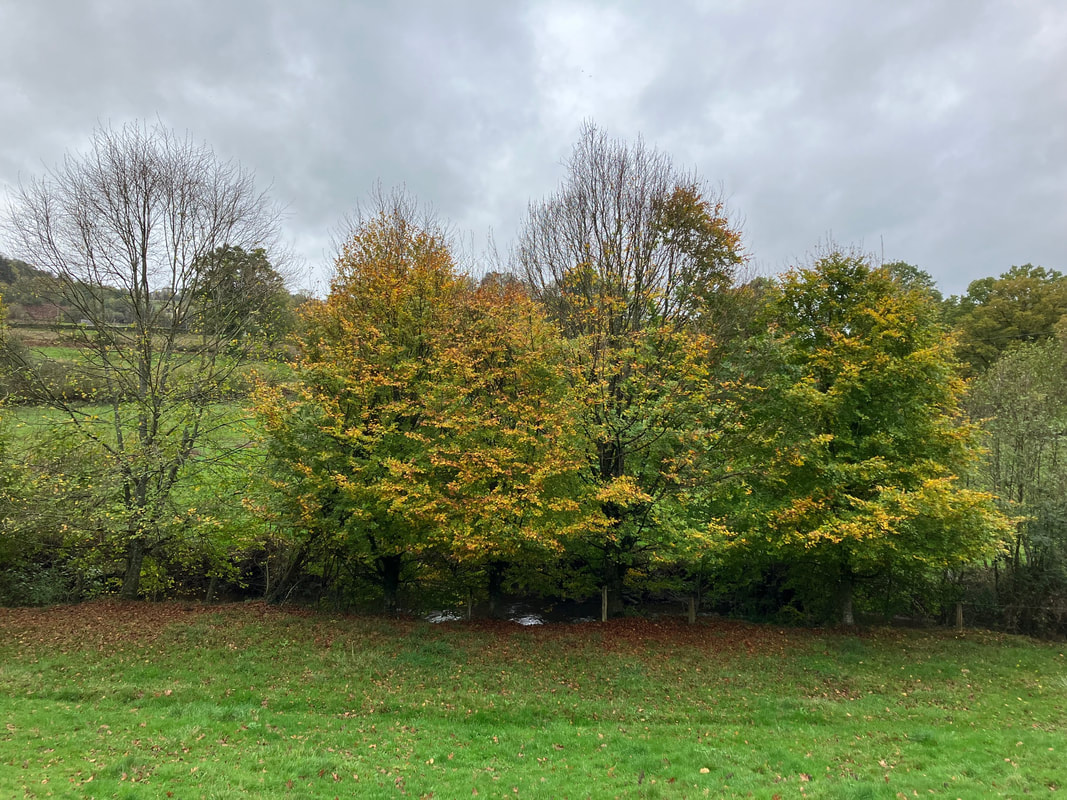
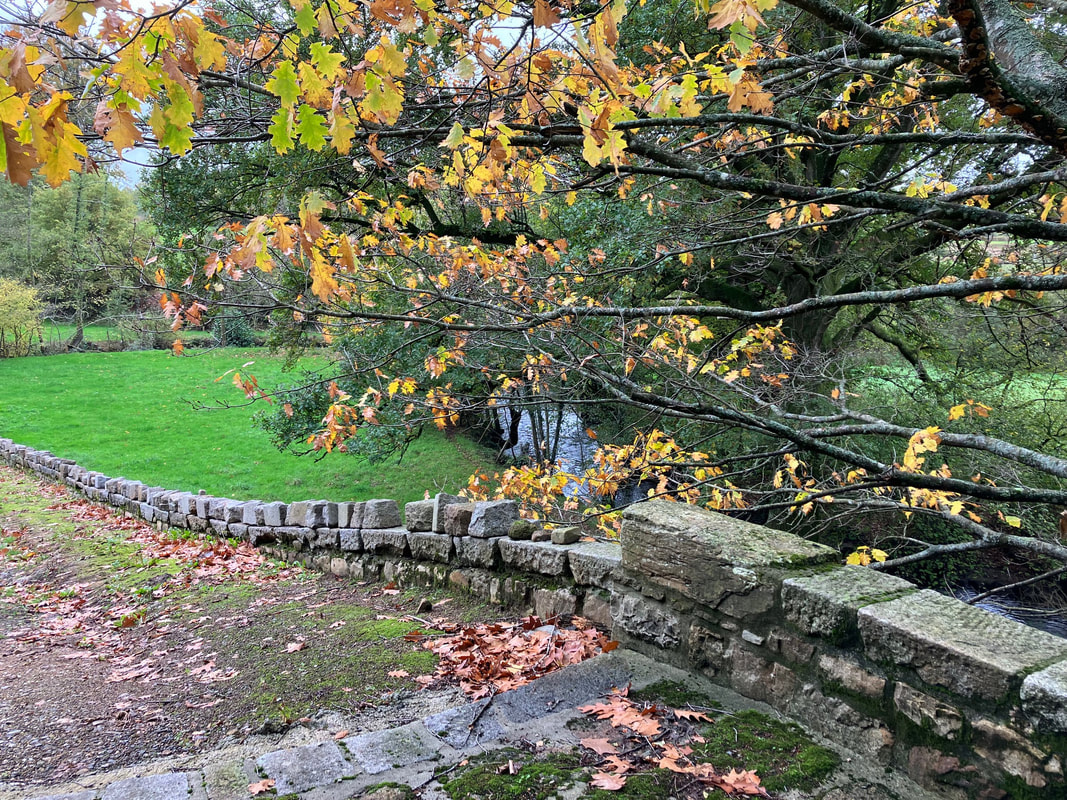
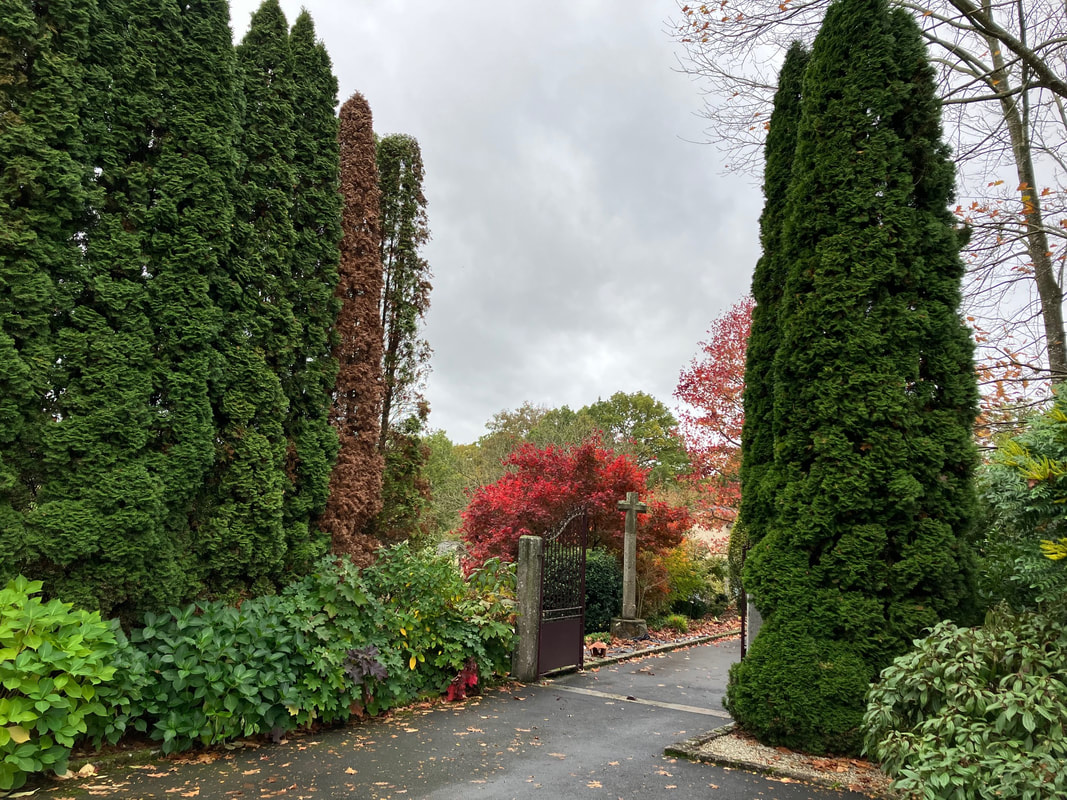
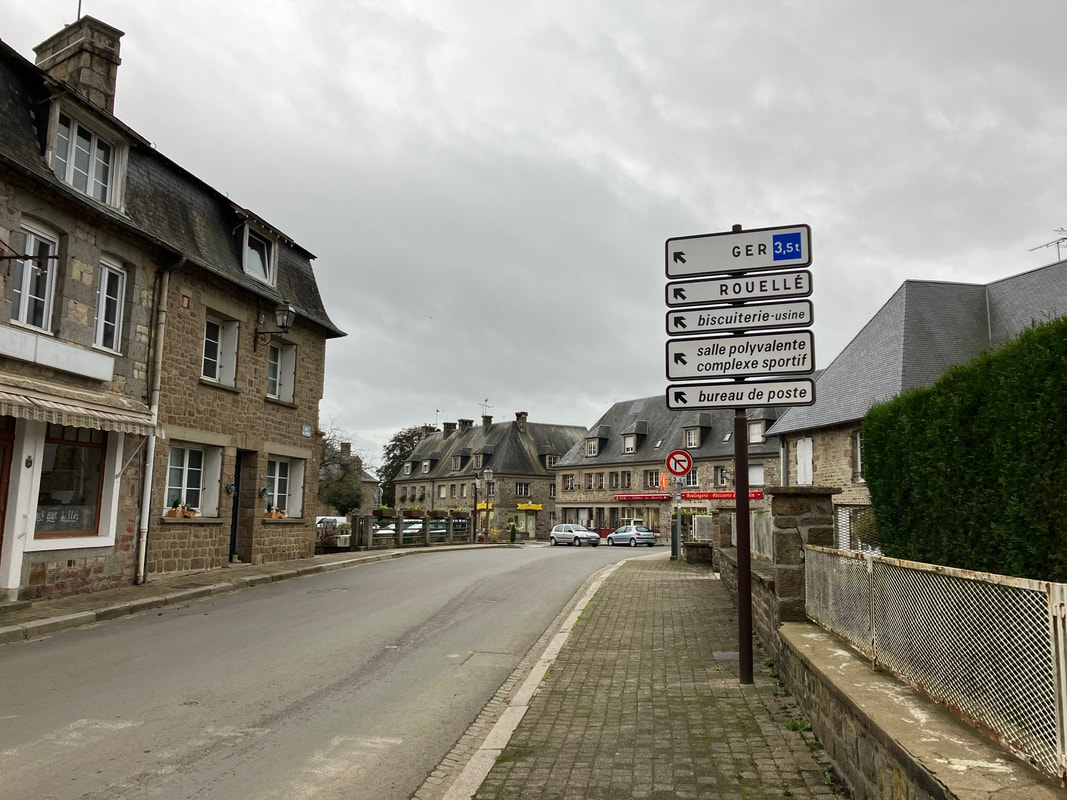
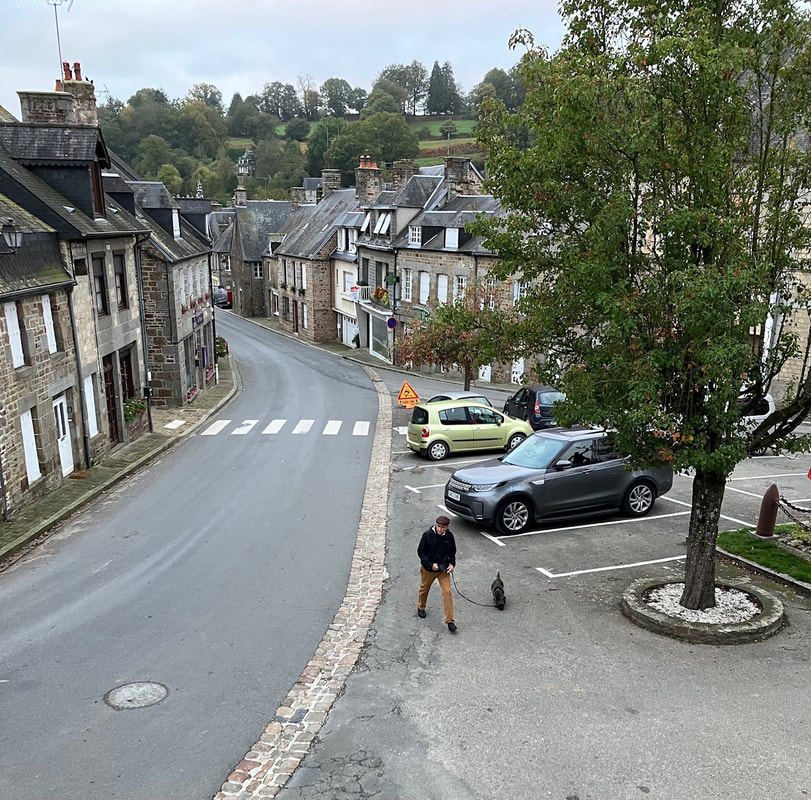
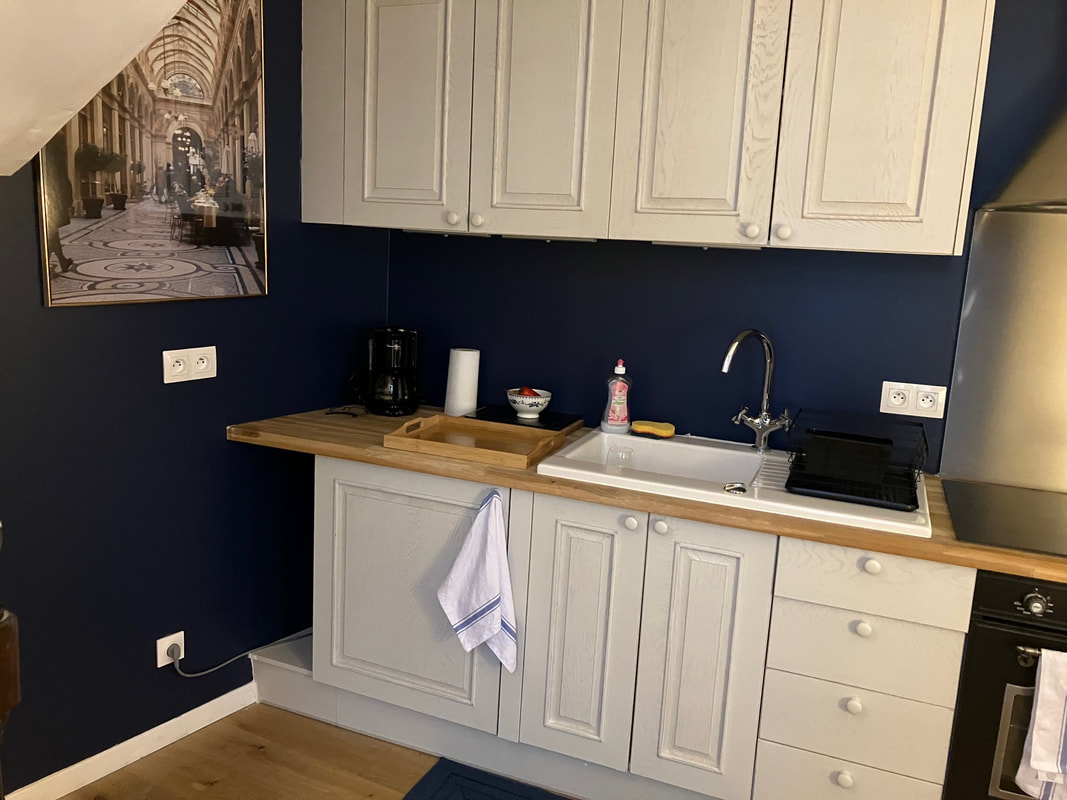
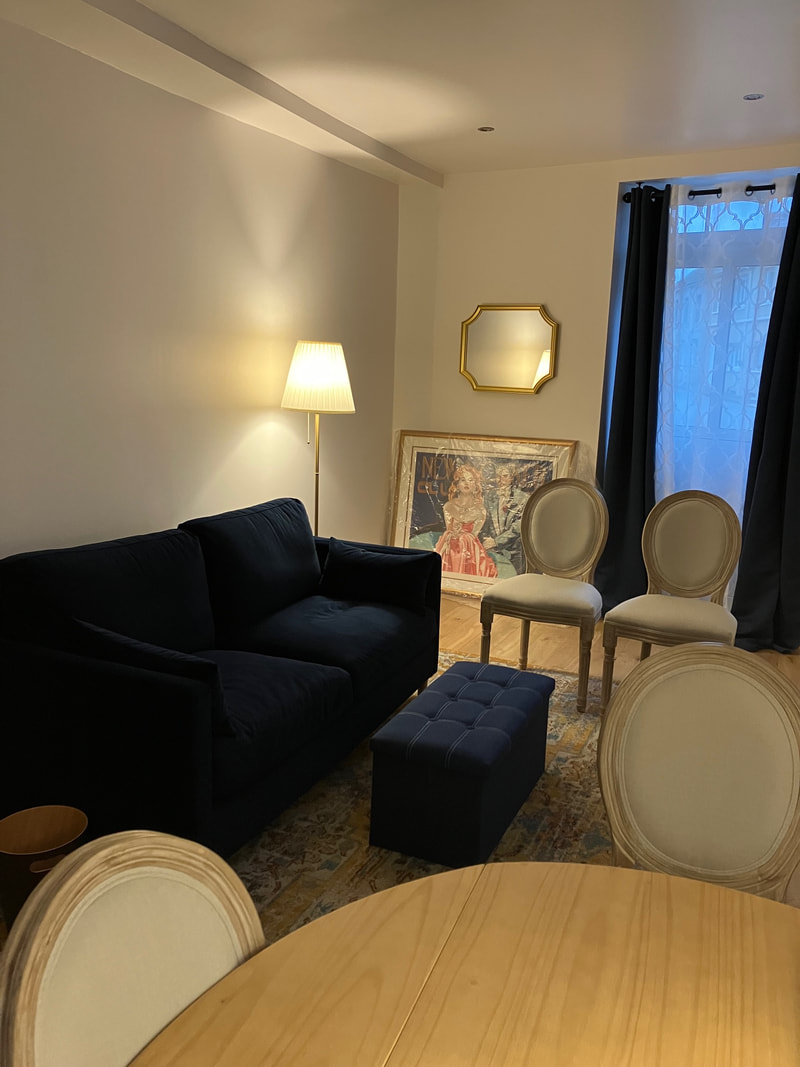
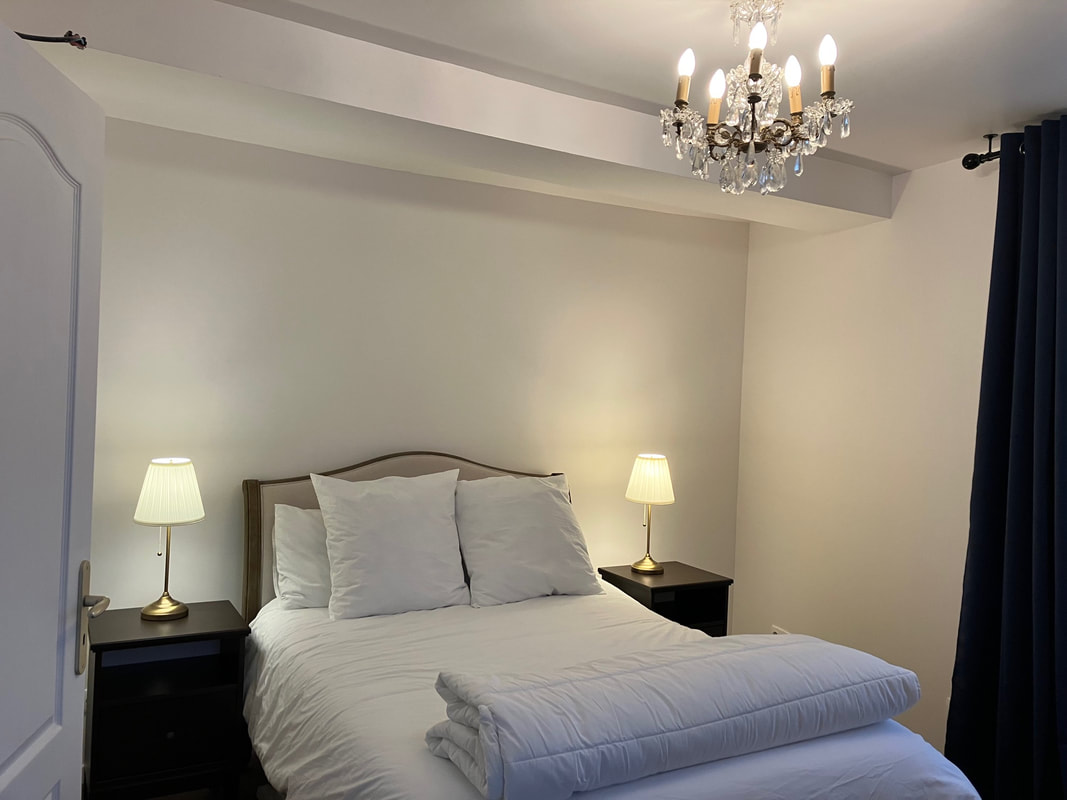
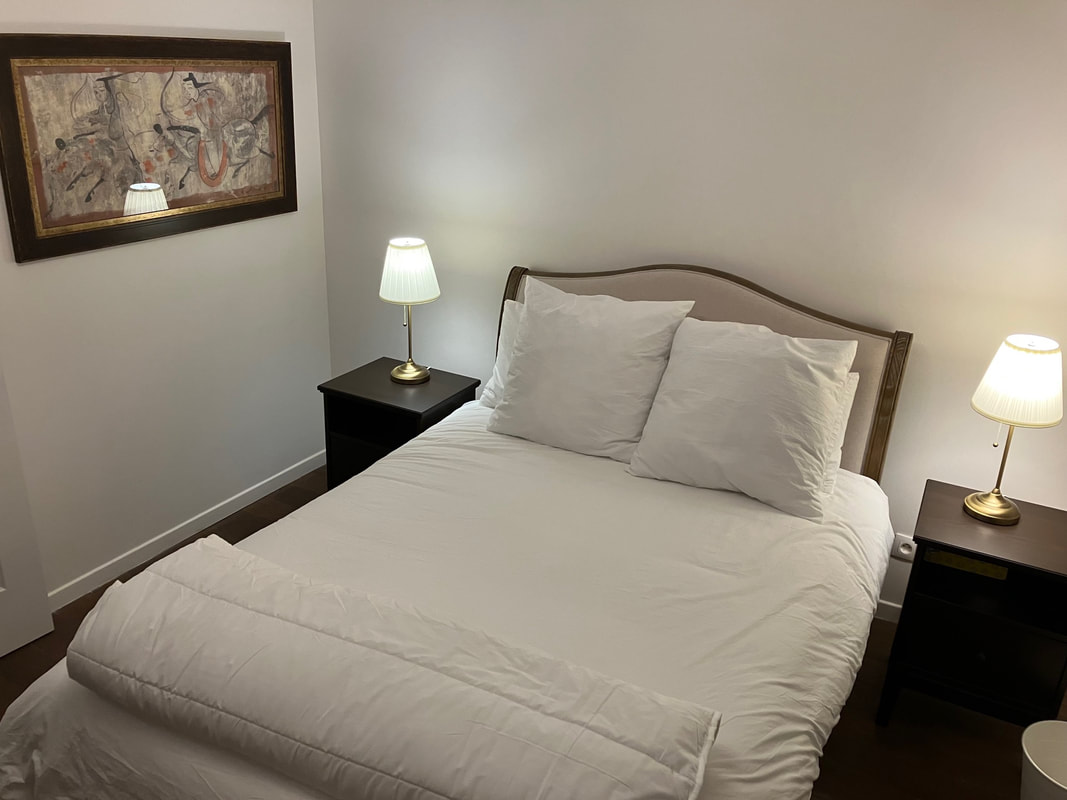
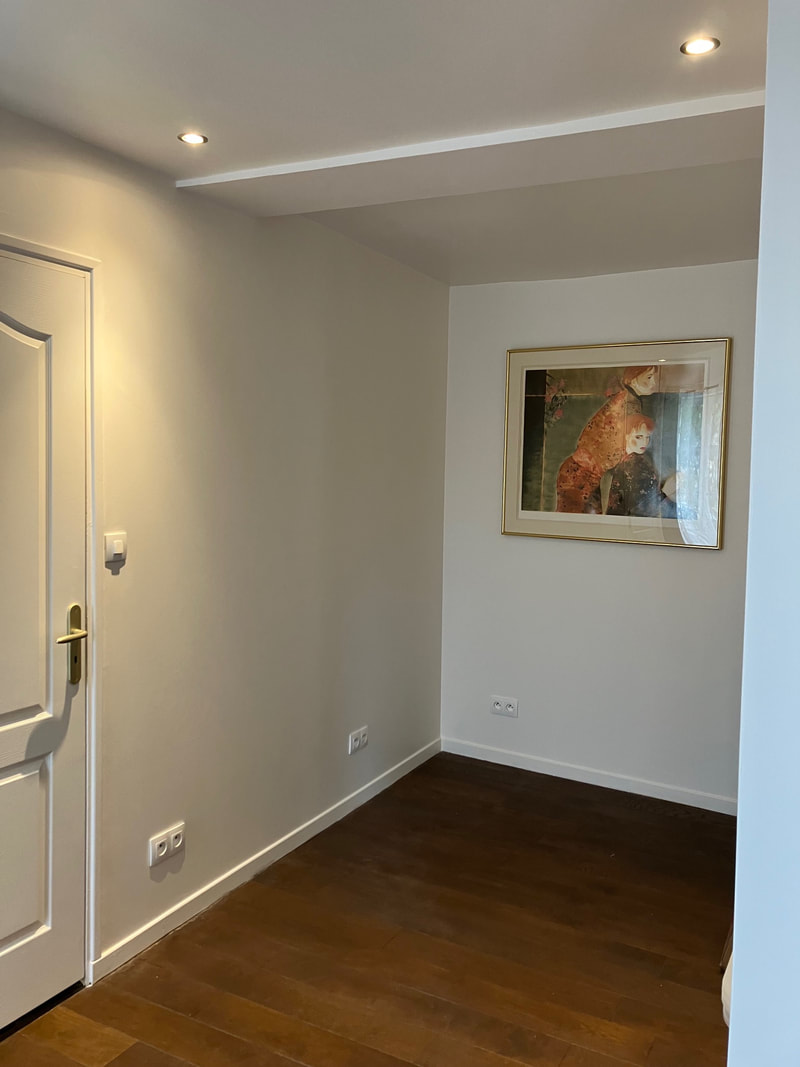
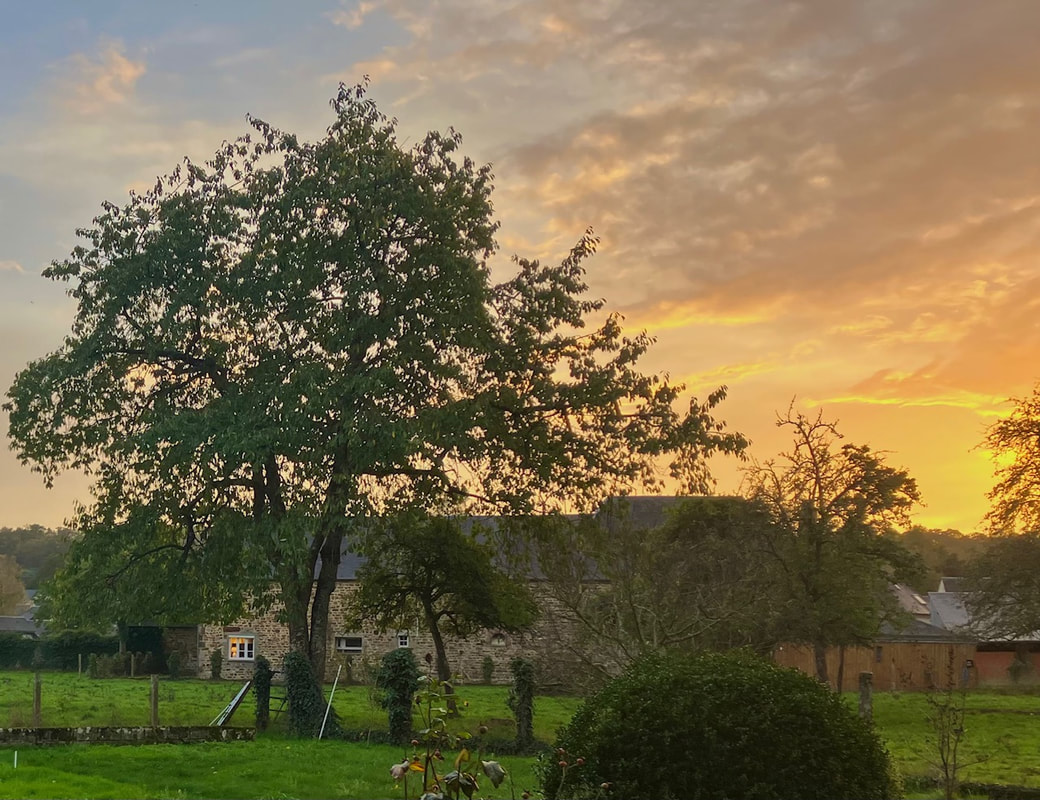
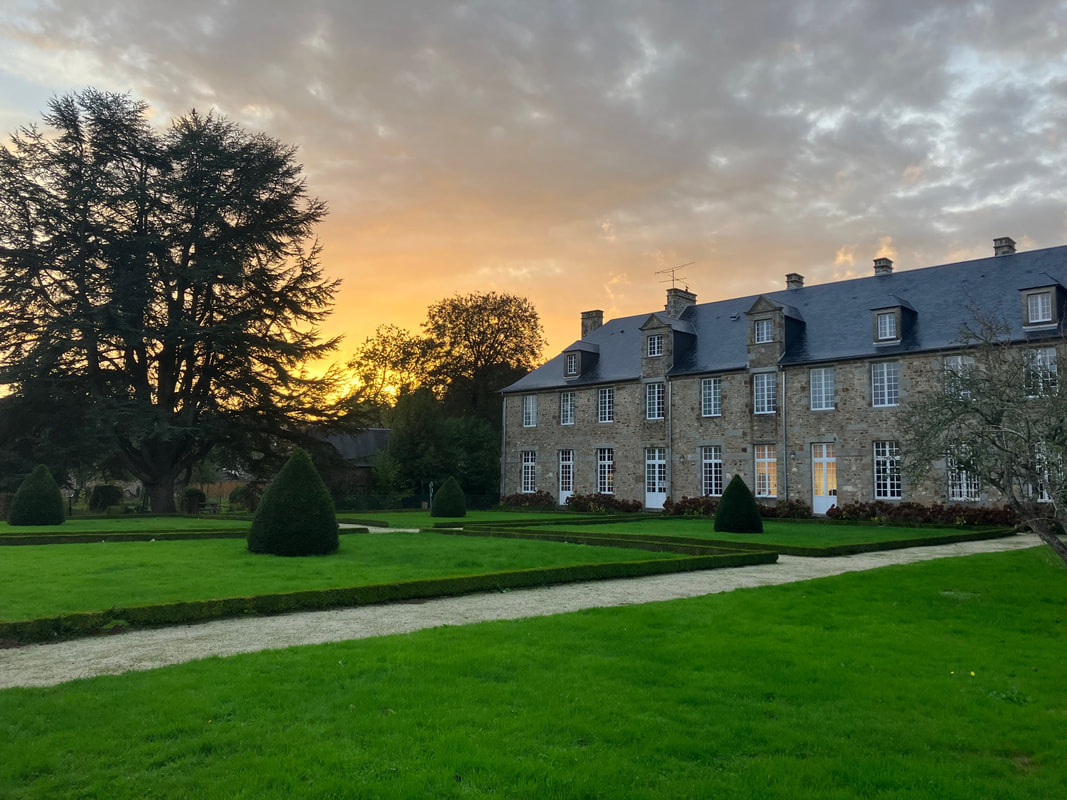
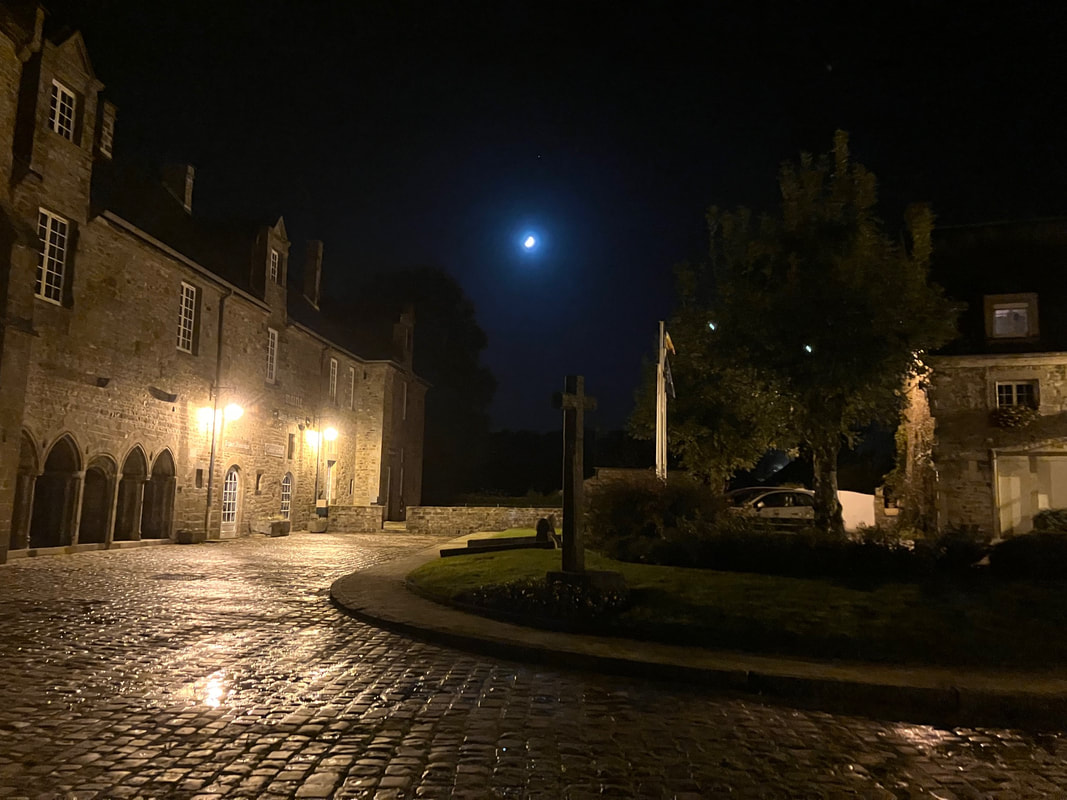
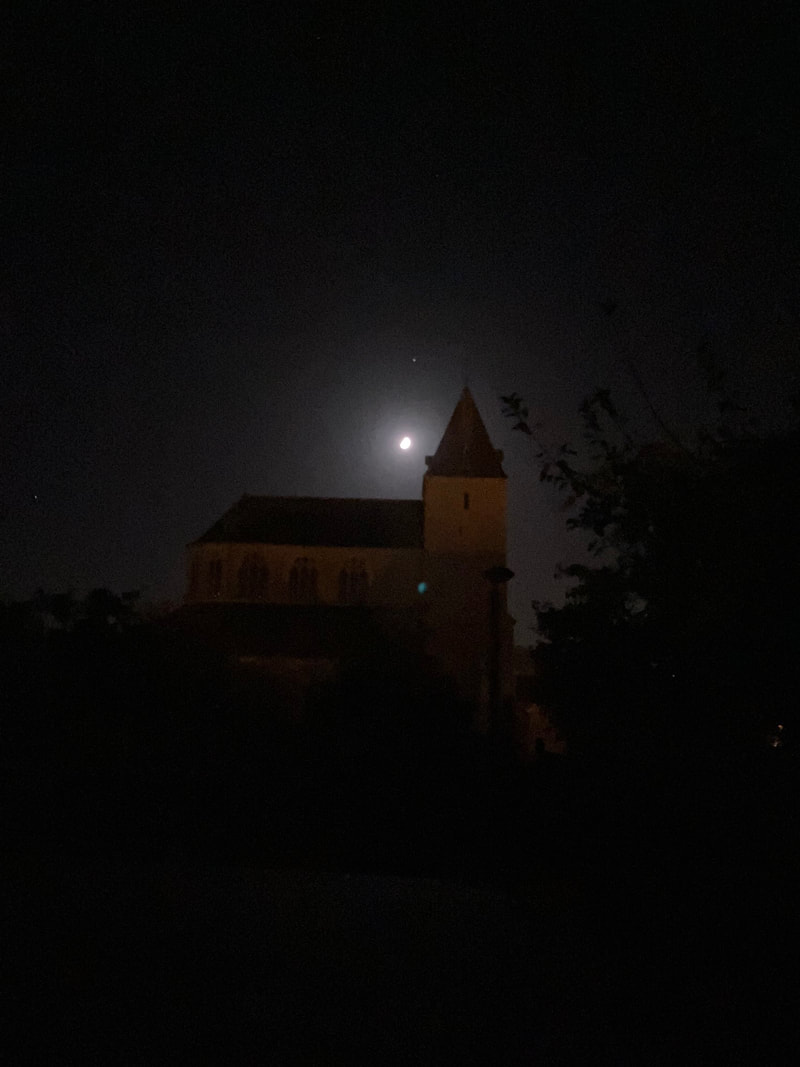
 RSS Feed
RSS Feed